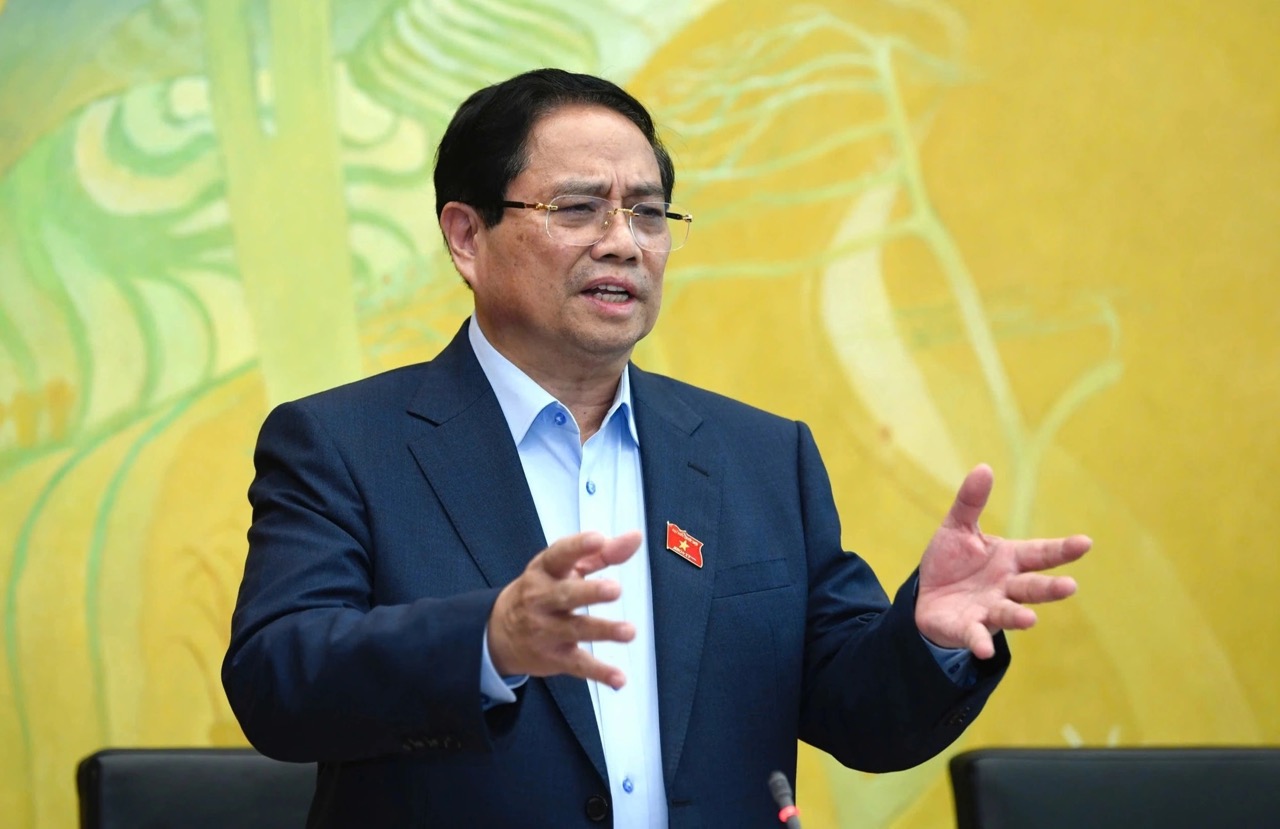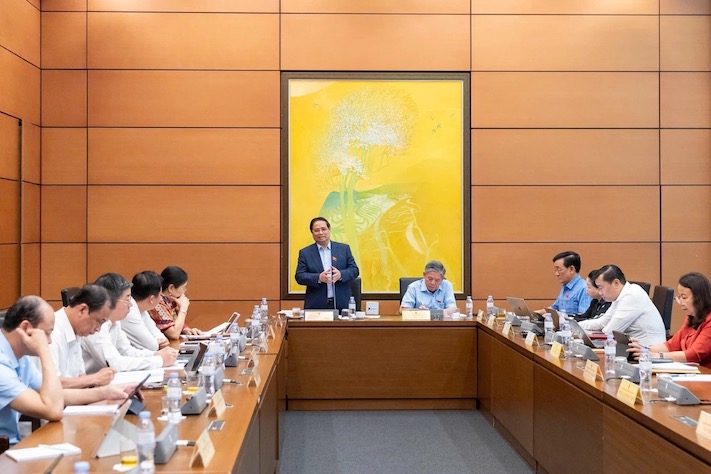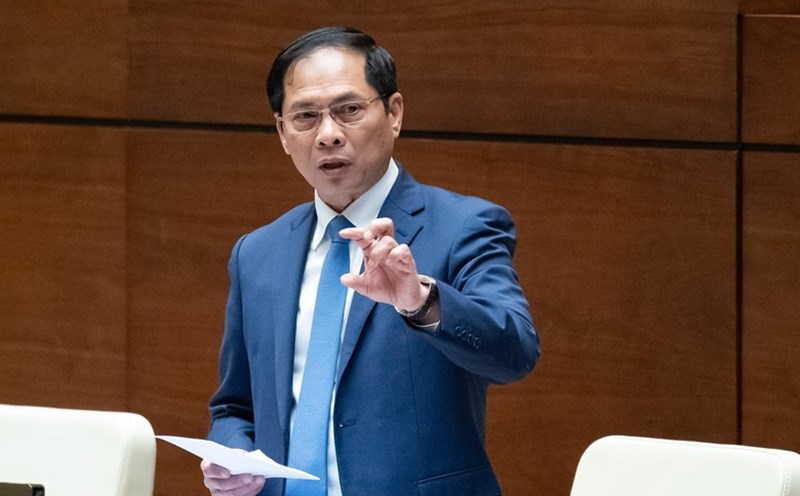On the morning of May 23, the National Assembly discussed in the group on many contents including additional evaluation of the results of the implementation of the socio -economic development plan, the State budget in 2024; The implementation of socio -economic development plan ...
230 billion USD is in backlog projects
Speaking about the issue of saving and combating waste, Prime Minister Pham Minh Chinh said that he had recently reported to the National Assembly regarding projects that have been backlogged for many years, even many terms.

According to statistics from localities, there are about 2,200 backlog projects nationwide. If resolved, it could free up about more than 230 billion USD, equivalent to about 50% of GDP.
To be able to free up resources for backlog projects, the Government is developing policy mechanisms to submit to competent authorities for handling.
The head of the Government affirmed the viewpoint of not legalizing the mistake but needing to find a solution to handle it. Such as institutional handling, organizational handling, legal removal, and implementation methods.

In addressing the shortcomings in saving and combating waste, the Prime Minister said that it is impossible to demand a 100% recovery, it is necessary to accept that this is a "disease", but if there is an illness, it must be cured, it must be right, accept the loss, pain, accept the things that must be cut and consider it a new lesson, an experience to avoid repeating it in the future.
"Resolutely resolving backlog projects is something that cannot be avoided. We have to accept some loss, consider it a tuition fee. From there, we will have a policy mechanism, a determination to resolve and resolve it completely" - Prime Minister Pham Minh Chinh said.
Integration is not a matter of choice but must be overcome and led
Regarding solutions for growth targets, the Prime Minister said that in the context of the world economy facing difficulties, financial institutions, countries around the world forecast growth this year to be lower than last year, but Vietnam is going against the world trend, when raising the growth target from 8% in 2025 and double-digit growth in the following years.
So how to go back but improve? The Prime Minister asked and mentioned the 3 strategic breakthroughs that Vietnam is actively implementing: Removing institutional bottlenecks; promoting strategic breakthroughs in infrastructure and human resource development.
Regarding promoting the breakthrough in infrastructure strategy, the goals mentioned by the head of the Government are to complete 3,000km of high-speed railway this year; upgrade and implement many important railway projects connecting with China; promote the North-South high-speed railway project...
In particular, in aviation, according to the Prime Minister, there must be strategic-sized airports and an airline system with airlines must be developed.
"We do not stop at 2-3 airlines but must develop many to benefit consumers" - the Prime Minister emphasized.
In addition, the infrastructure of education, health care, and sports must be developed synchronously.
To implement these 3 strategic breakthroughs, the Government has recently submitted 4 Resolutions including Resolution 57 on science - technology, innovation, Resolution 59 on integration, Resolution 66 on reform and Resolution 68 on private economy (four "stratejical pillars").
Emphasizing that integration is an era trend, the Prime Minister said: We cannot do anything alone, we must integrate, we cannot follow it forever. We must move forward, catch up and overcome, and participate in leading the game. To do so, we must be proactive and proactive, improving the country's competitiveness and brand".
The above four " Strategic pillars" contribute to the 3 strategic breakthroughs that will be implemented in the coming period.
These strategies are being implemented very quickly, most positively in the past few months, contributing to economic growth.
At the same time, according to the Prime Minister, it is necessary to renew old growth drivers, promote new drivers such as digital transformation, green transformation, circular economy, and adapt to world fluctuations.
"The problem is how to know how to do it so that in difficult conditions, developed countries in the region have to reduce growth while Vietnam has the opposite. In special conditions, there must be special solutions, flexible and effective adaptation to the situation, so that we dare to go back and achieve the goal" - he emphasized.











